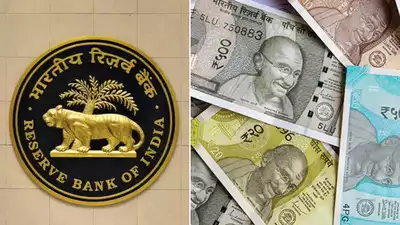The Reserve Bank of India (RBI) is anticipated to give the government a sizable dividend, perhaps in the range of Rs 1 lakh crore, which is a big increase over the payout from the previous year.
The RBI recently said that the government will no longer be borrowing through Treasury Bills, hence reducing the expected funds by Rs 60,000 crore.
Furthermore, the central bank is backing a scheme that permits the government to return Rs 60,000 crore of previous borrowings ahead of schedule.
These steps point to an attempt to use unused public monies, restricted by election-related spending caps, and point to a quick improvement in the Center’s financial status.
By the end of May, the RBI should announce the transfer of its excess money. According to a study paper by Kanika Pasricha, chief economic advisor of Union Bank of India, the RBI is anticipated to give the government an excess of Rs 1 lakh crore in FY25.
“We expect the RBI to transfer a surplus of INR 1,000 billion (₹1 lakh crore) to the government in FY25… while there are many moving parts in the RBI dividend calculation, our assessment shows a likely repeat of a strong dividend number,” Pasricha stated.
Based on the RBI’s balance sheet, analysts’ estimates support the anticipation of a higher surplus transfer than the Rs 87,416 crore sent the previous year.
Head of research at ICICI Securities Primary Dealership A Prasanna predicted a surplus (before provisions) of Rs 3.4 lakh crore, with Rs 2.2 lakh crore in provisions, leaving Rs 1.2 lakh crore as a potential dividend.
Prasanna also pointed out that the RBI’s core capital ratio will probably rise in tandem with this sizable payout, bolstering the central bank’s balance sheet.
The substantial increase in interest revenues from the RBI’s foreign exchange assets, which has been fueled by the US Federal Reserve’s aggressive rate hikes in recent years, is a major element contributing to this predicted surplus.
Even with reduced gross sales and US dollar purchases in FY24 as compared to FY23, experts anticipate a notable increase in the RBI’s revenues from its foreign assets.




























